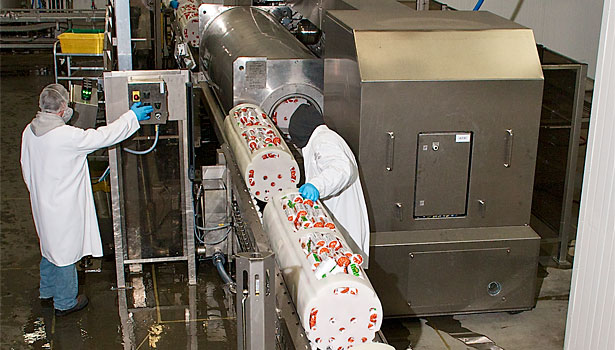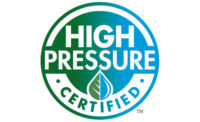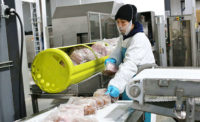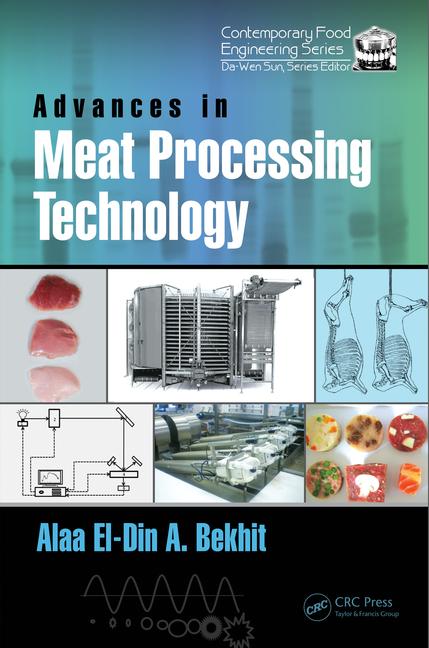Why high-pressure processing (HPP)? The answer is simple: post-package food-safety assurance and competitive advantage through the ability to offer long shelf life and clean-label products.
If you produce ready-to-eat meat and poultry products today, chances are you already have an HPP product in the market or are substantially through the research and development process. In a recent LEK study commissioned by industry HPP outsourcing leader Universal Pasteurization, it is estimated that upwards of 28 percent of all RTE meat products in the United States will be put through the HPP process by 2017.
Driven by government food safety mandates, the opportunity for HPP of raw protein is even bigger. Protein processors are searching for solutions to address inherent food safety concerns. On the beef side of the business, the primary organism of concern is E. coli. With the poultry processors, it is Salmonella. By understanding what the end goal is, processors can balance the HPP pressure and hold time to deliver the needed results. HPP researchers have learned to use cold processing conditions to minimize the denaturing (color change) of raw proteins. Today millions of pounds of ground poultry chubs are put through HPP, which results in texture improvements and breast meat color appearance. Whole-muscle products and trim are being processed in this manner in 15- to 30-pound bags then reintroduced for grinding and further processing. The processor gains the benefits of HPP to address food safety issues associated with their incoming proteins and uses good GMPs to properly manage their operations. This process has been especially successful for the raw pet food industry.
The HPP journey
Implementing HPP starts with your product goals. Are you looking only for a food safety assurance step or, more likely, looking to combine safety with shelf life extension and/or creating a clean-label product? Shelf life extension requires you to examine your current or proposed packaging and labeling to provide the proper barriers needed to maximize shelf life.
Fortunately, many of the packaging vendors have now developed HPP-specific packaging and labeling solutions. Your product formulation can work with packaging and HPP in order to extend shelf life. The larger HPP equipment vendors and HPP outsourcers have the skills and knowledge to make recommendations in this area as well as to assist in shelf life studies.
What about HPP equipment? HPP systems can be purchased directly from one of several vendors. Production systems, which can process approximately 1,000 pounds per hour, start around $1 million. The largest systems, which can process upwards of 8,000 pounds per hour, cost upwards of $3 million. These new systems are fast, efficient and easier to operate and service than earlier generations.
For food processors with long-run products and strong capital structures, the purchase and operation of HPP equipment can be the most cost effective. But many companies both large and small turn to an outsourcing model for HPP services. There are now approximately 13 dedicated outsource locations throughout the U.S. and Canada.
Beyond eliminating HPP equipment costs, outsourcing offers predictability of ongoing costs through product seasonality and life cycle. Outsourcers typically offer cold storage, tempering, kitting and other value-added services. The larger outsourcers offer both equipment and location redundancy for the ultimate back-up plan.
Finally, because HPP is a batch process, the outsourcer is left to optimize its operation leaving the processor free to focus on the production line.
HPP benefits of food safety assurance, shelf life extension and ability to produce clean-label products means brand protection while being able to meet both retailer and consumer demands. HPP equipment costs have moderated while reliability and serviceability have increased dramatically. There is a network of HPP services providers ready to offer outsourcing both efficiently and cost-effectively.









